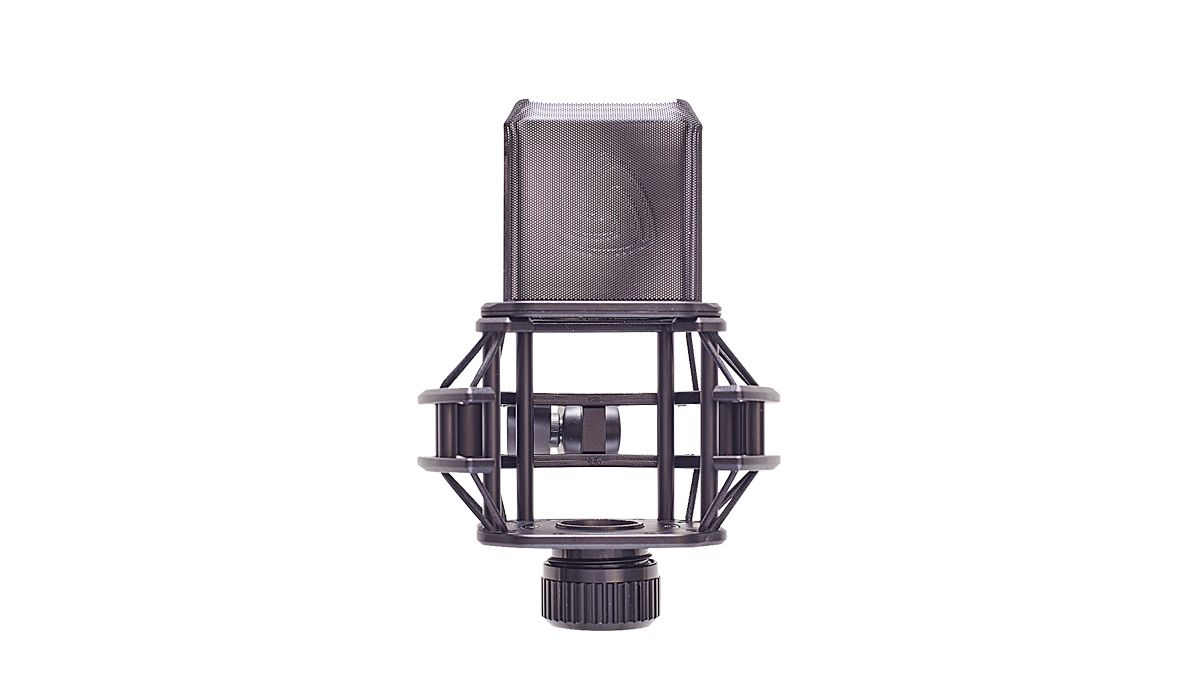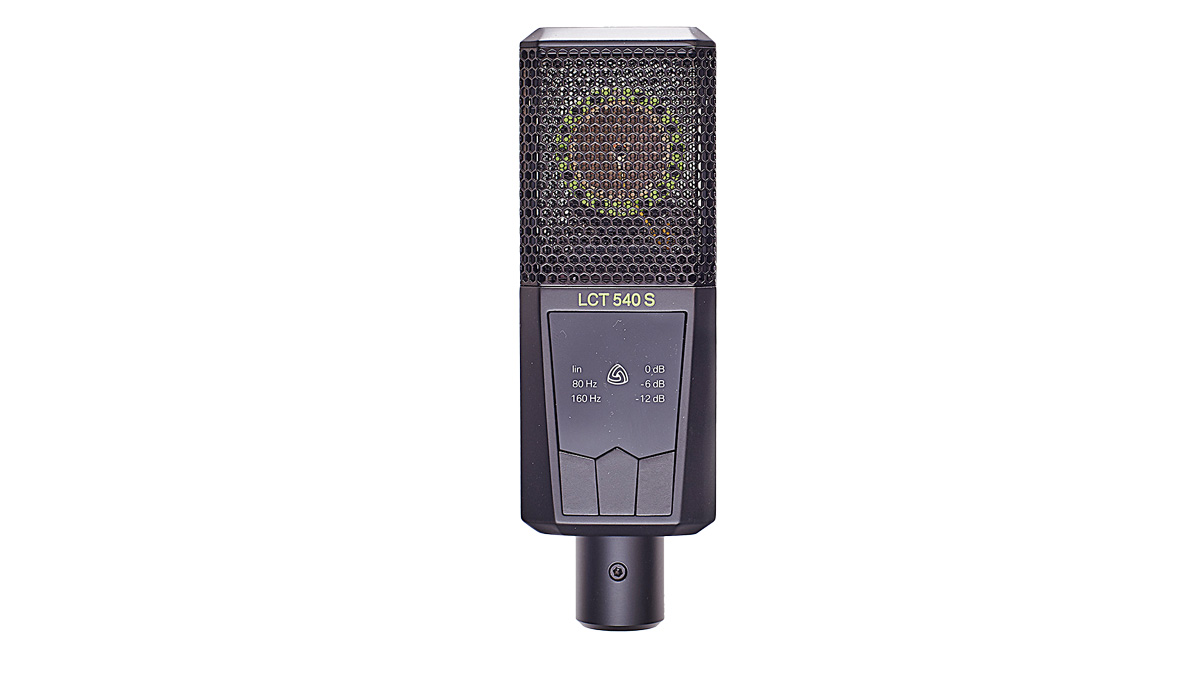MusicRadar Verdict
A standout mic in the densely packed sub-£1k range when it comes to sound quality, sensitivity, self-noise and functionality.
Pros
- +
Well balanced tone over the whole spectrum.
- +
Lit interface panel on the mic for pad, low-cut, auto-attenuation and clipping history.
Cons
- -
Fixed polar pattern.
MusicRadar's got your back
The Lewitt LCT540’s ‘Subzero’ suffix refers to its acoustical self-noise sitting below 0dB SPL across most of the audible frequency spectrum.
For those recording quiet sources or delving into heavy compression, the self-noise of mics and preamps is the major limiting factor, even with de-noising plugins. Lewitt has pitched the LCT540 S at just these people, promising a very quiet, sensitive mic with a particular focus on vocals.
The Subzero comes in a chunky plastic carry case with the requisite accessories: shockmount cradle, pop guard, windshield, and leatherette bag. The mic itself sits in the ‘built to last’ category, though it is light enough to not stress most mic stands.
The shockmount cradle works well, though its rectangular shape means that the mic cannot rotate, making some angles fiddly to set up. When plugged into +48v, a three-button interface offers pad (0dB/6dB/12dB) and low-cut (linear/80Hz/160Hz) controls, plus automatic attenuation setting and clipping history (the Logo flashes red if the mic ampli er has been clipped).
The indicators make it easy to check settings, unlike semi-recessed toggle switches, and the controls can be locked out to prevent accidental alteration.

The LCT540 S is a thoroughly modern mic in style and function, but how about in sound? This cardioid condenser shows its quality right away, sitting effortlessly next to a mic more than twice its price across a range of sources.
For vocal work it is ticks all the boxes, possessing great clarity along with an easily worked proximity buildup, a smooth high end and all the low-end richness you need for voiceovers or in-your-face breathy vocals. The condenser mic HF lift is subtle and free from phasey peaks, keeping sibilance natural and easily controlled.
Want all the hottest music and gear news, reviews, deals, features and more, direct to your inbox? Sign up here.
There’s plenty of dynamic range and headroom without the pad engaged, and the output level is impressive, helping keep preamp noise low. Of course, the Subzero is all about low noise, and very low it is too (below the mics we put it up against).
Not only that, but it appears to be shaped to be sonically unobtrusive, more pink/brown noise than white. For vocals this means the recorded signal can be processed hard as you like without leaning on the de-noiser.
Though vocals really benefit from the LCT540 S's sensitivity and well- balanced tonality, it makes a great mic for pretty much anything you’d use a cardioid condenser for: acoustic instruments, drums or percussion, and amplified guitar and bass.
Bass-heavy sources come out well as the Subzero extends right down low without any muddiness, and densely distorted guitars come through loud and clear without any common condenser mic phase-shift horrors. Acoustic guitar translates with a clear and natural balance between midrange presence and high-end transient articulation, even close-up.
As a mid-priced mic (£500 - £1k) the LCT540 S performs well above its class, especially with regard to self-noise. The one limitation is the fixed polar pattern, but for most uses this is fine.
We can imagine if this model is successful (and it should be), a multi-pattern version should follow (Lewitt has multi-pattern models, but not as ‘Subzero'). In the meantime, the LCT540 S is excellent value for money and will take some beating as an all-rounder with vocal flair, no matter how hard you process.
